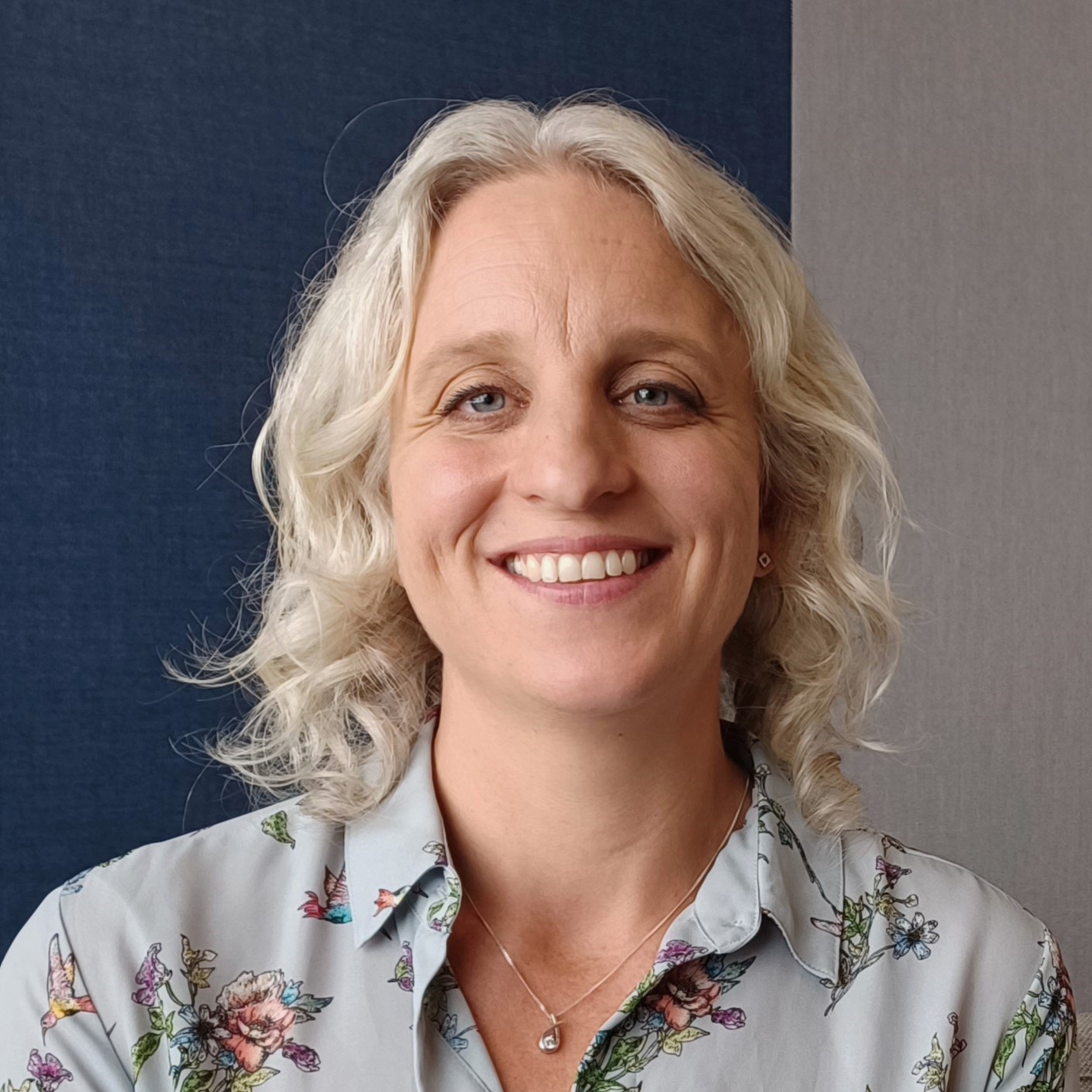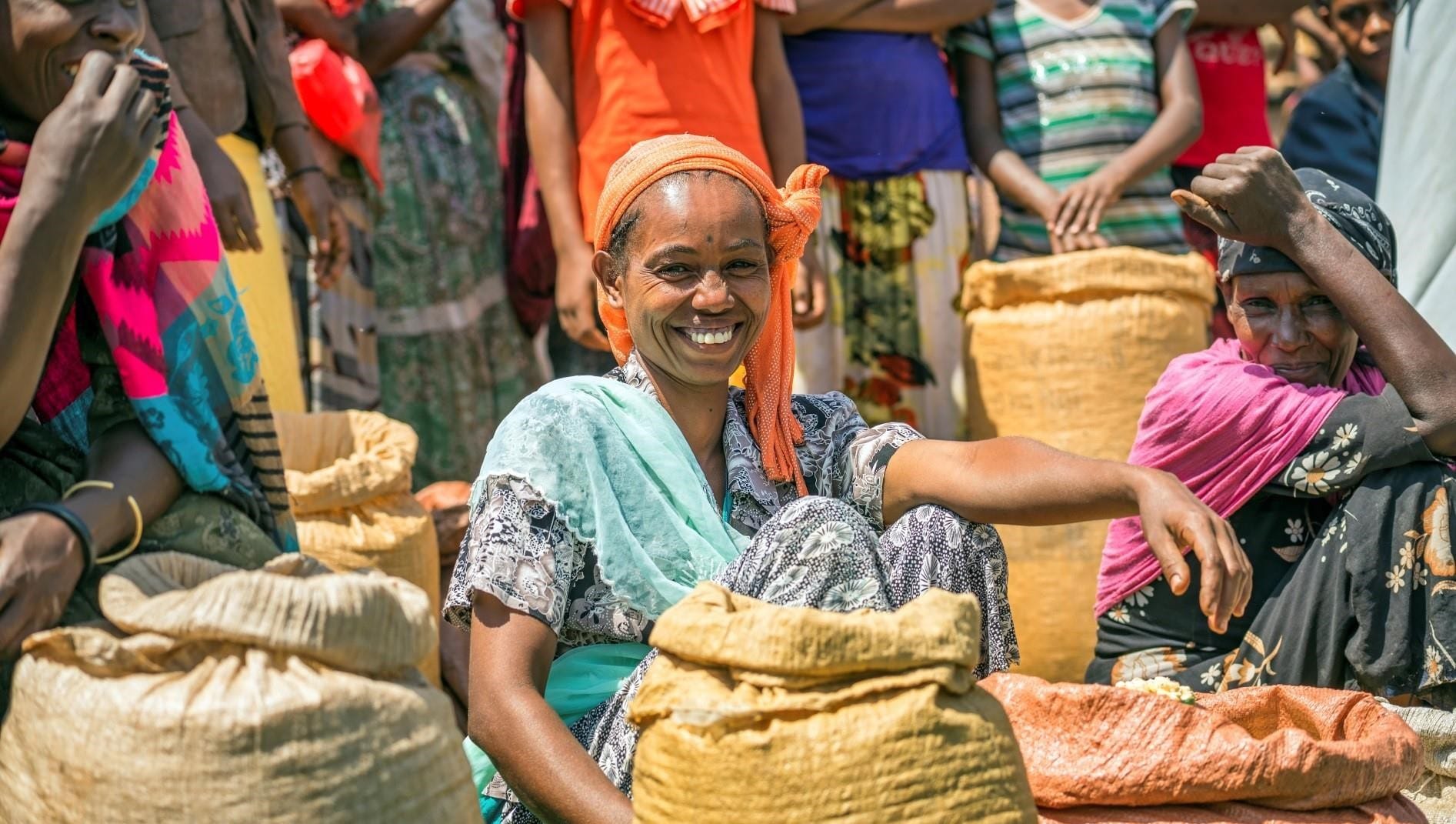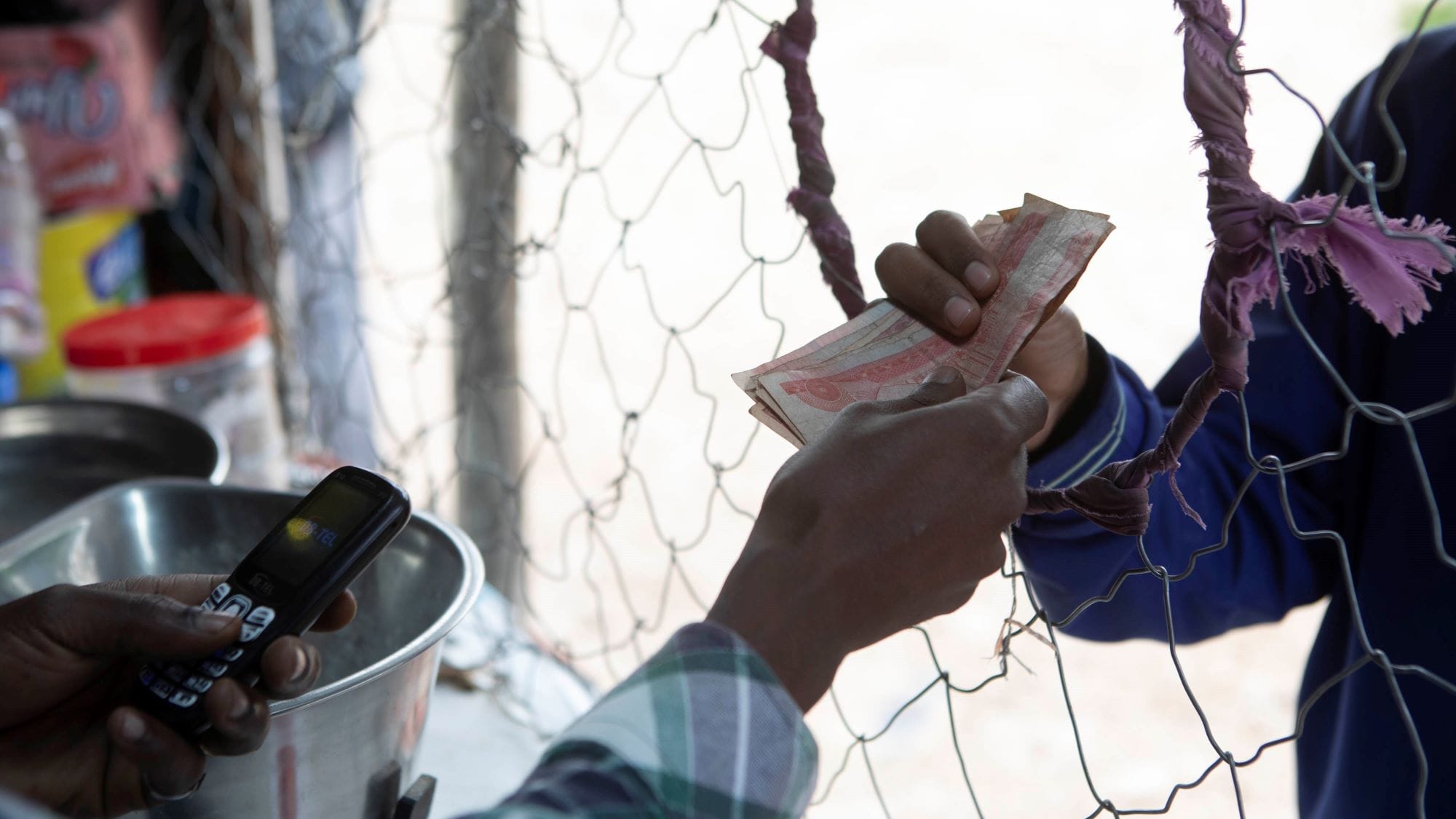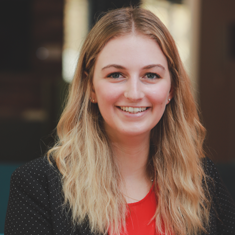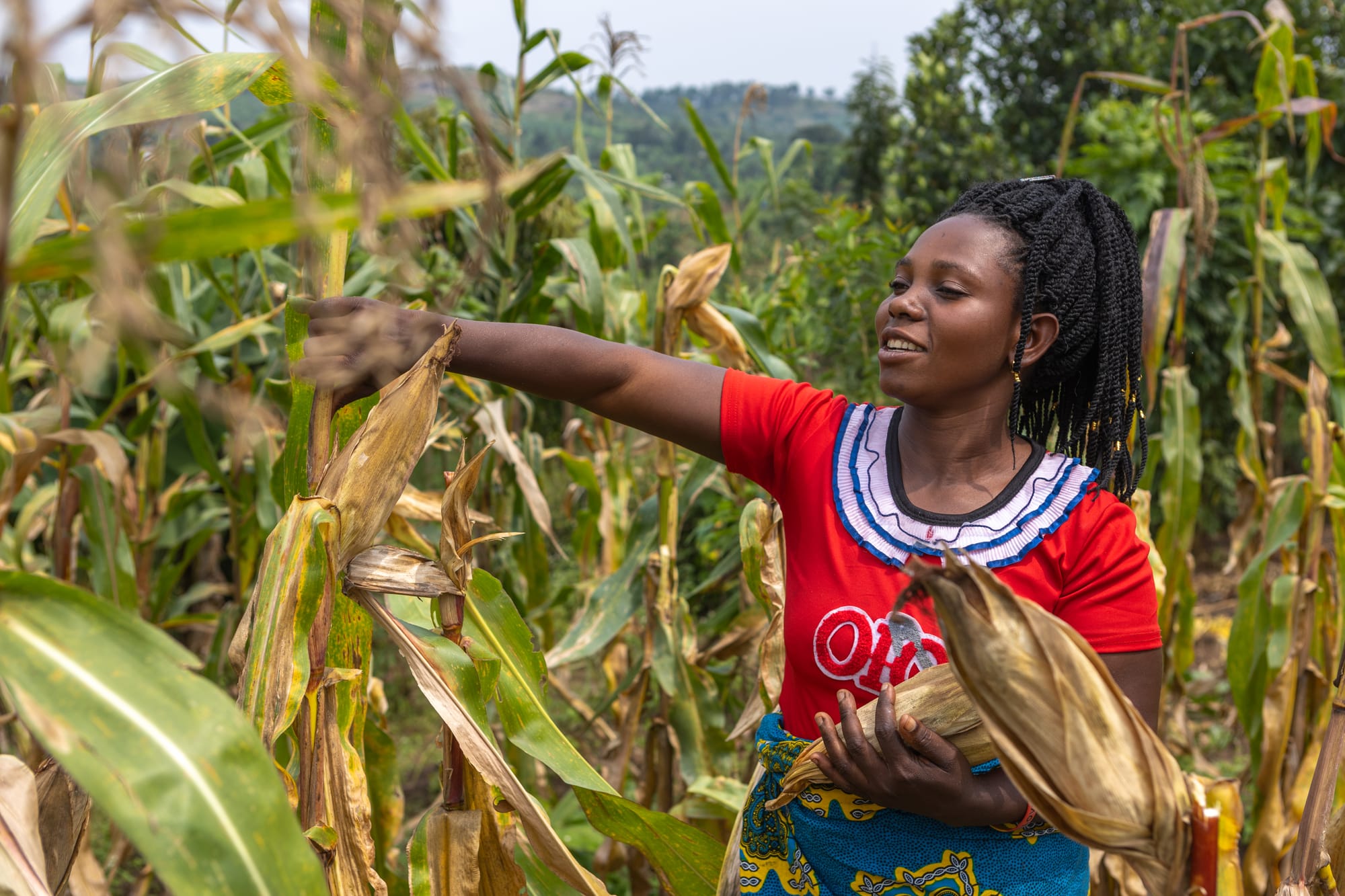Earlier this month, following the Donor Committee for Enterprise Development seminar in Nairobi, DAI and the International Labour Organization (ILO) hosted an event to share perspectives on the potential for applying market systems work in protracted refugee settings.
Our discussions drew heavily on DAI’s experience on the SHARPE program, which aims to build markets in refugee and host communities in Ethiopia, and on the ILO’s Approach to Inclusive Market Systems (AIMS) project for refugees and host communities.
Currently, there are 117.3 million forcibly displaced people around the world, most of whom live in protracted displacement for an average of 20 years. While many such people need immediate, direct humanitarian assistance—especially in the initial phase of their displacement—those in protracted displacement require longer-term solutions that provide jobs, build local economies, and lead to refugee self-reliance. The panelists in Nairobi discussed three major challenges and opportunities related to protracted refugee settings: coordination, private sector engagement, and climate change.
Coordination
Although there are a growing number of actors working in long-term refugee settings, humanitarian and development practitioners can work against each other—even from inside their own organizations.
For example, larger humanitarian organizations distribute aid or resources through one department, while another part of the organization is implementing market-based activities. The result: market distortion.
The humanitarian sector often lacks a common understanding of how to balance essential humanitarian activities with a market-based approach. This challenge is exacerbated by shrinking humanitarian budgets. By June 2024, for example, only 19 percent of the global humanitarian budget for the year, as defined by the United Nations, had been received. Humanitarian actors are often cash-strapped and hard-pressed to prioritize response actions. Against this backdrop of shrinking budgets, which should induce all parties to refocus their mandates, we recommend:
- Humanitarian and development actors work together better to create longer-term, sustainable solutions for refugees. Practitioners and donor agencies should conduct a systems analysis of development and humanitarian coordination functions to fully understand the underlying reasons why coordination is falling short within a specific context.
Private Sector
Getting markets to function well in refugee and host community settings is a challenge. Refugee communities can be isolated from major cities or markets, meaning that new markets must be created in often remote or rural locations. This process requires local refugee entrepreneurs or businesses to expand into new geographies to meet local demand, a significant risk for enterprises.
To build effective markets in refugee settings, practitioners must understand the risks—financial, operational, and reputational—for businesses expanding into new markets. They must also have a clear grasp of the refugee setting, including the provision of food aid and cash transfers, so they can minimize the market distortion that might undermine their interventions. Several actions can help boost markets including:
- Development practitioners should actively share examples of where market systems development has successfully catalyzed private sector engagement in refugee markets. At the same time, donors should encourage open sharing of lessons (both successes and failures).
- Practitioners should explore working through “non-traditional” actors and taking novel approaches. For example, rather than working with typical larger “lead firms,” local companies based in closer proximity to target communities are more likely to be invested in the local market. Practitioners should test different approaches, such as considering much longer-term investments, and basing programs on stronger political economy analysis.
Climate
Finally, the growing impact of climate change is a constant and growing challenge for refugee communities. Refugees restricted in camps already face numerous constraints and are often more vulnerable to climate-driven crises such as floods and droughts. Their remoteness also means they lack information or access to tools that could help them respond or recover. Climate-related disasters and weather changes are also increasing the number of globally displaced people, year-on-year—meaning that longer-term solutions for refugees are required as humanitarian aid cannot cope with the growing number of needs in displaced populations.
- Enhanced climate forecasting could help practitioners understand how refugees living in climate-vulnerable regions will be affected in the coming decades. From a market systems development perspective, climate forecasting and risk assessments must be integrated into all intervention design. It’s pointless to invest resources into developing markets that won’t exist in 10 years’ time, or into solutions that will be overtaken by climate change.
- Knowledge exchange should happen on a far greater scale. For example, there is abundant research on climate-smart agriculture, but we need to do a better job distilling and sharing it. Programs must be willing to share learning from both successful and less successful interventions. Market systems practitioners need to work more closely with environment and climate experts to co-create market systems approaches that will be resilient in a hotter world.
Finding long-term solutions to help people in protracted refugee settings requires a continued exchange of learning. The divide between humanitarian and development actors in refugee settings calls out for greater collaboration. Both disciplines bring strengths to this challenge, and each must be willing to learn from the other.
